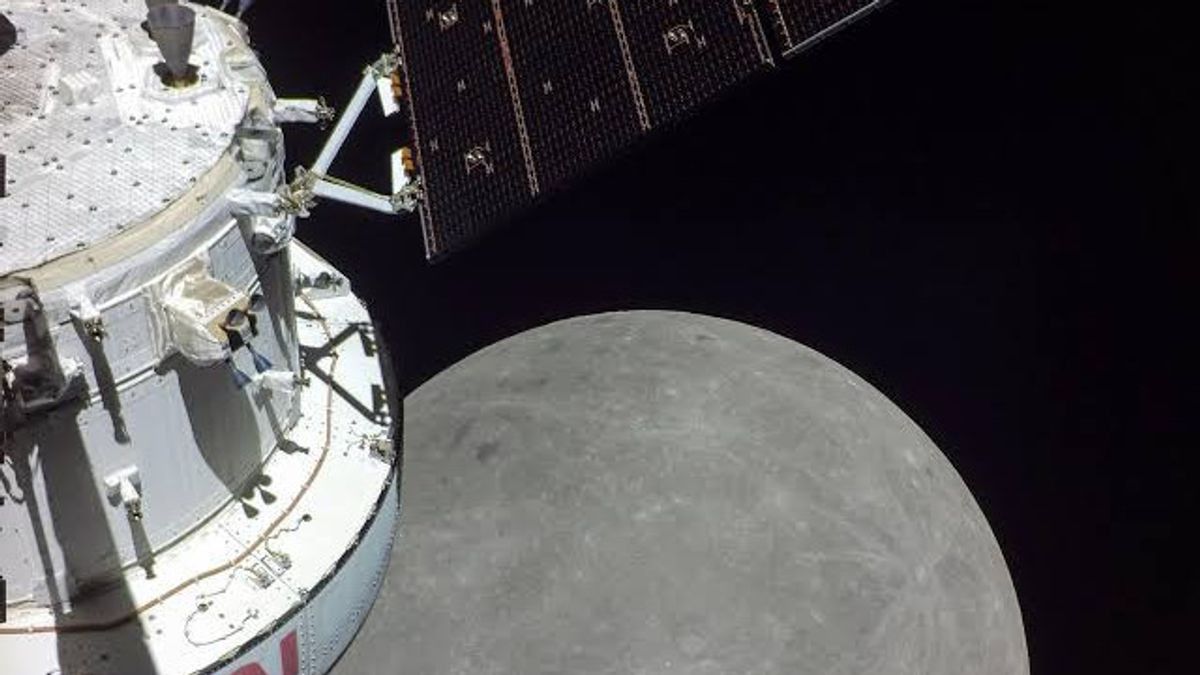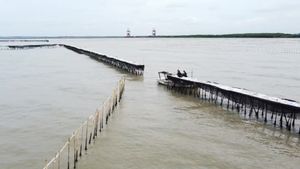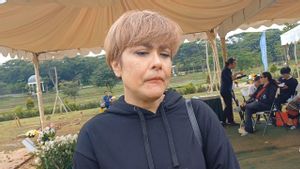YOGYAKARTA - Finally, Indonesia has succeeded in launching a satellite, what is the satellite? Yes, the country's Nano Satellite Surya Satellite-1 (SS-1) is named. The reason is, the satellite was successfully launched to the International Space Station (ISS) on November 27 in the morning by boarding the Falcon 9 CRS-26 rocket belonging to the space company led by Elon Musk, SpaceX. Then what is the SS-1 satellite mission?
"The nano satellite by the nation's son Surya Satellite-1 (SS-1) was successfully launched this morning Indonesian time, or precisely at 02:20 PM US time (EST), implementing the SpaceX Falcon 9 CRS-26 Rocket," wrote the Aviation and Space Research Organization (ORRPA)-BRIN on his Instagram account, Pekan (27/11).
The CRS-26 Falcon 9 rocket carries out a mission to bring rides to the ISS, including carrying the SS-1 satellite. This rocket was successfully launched after previously experiencing a partial delay due to the unfriendly weather at the Kennedy Space Center, Florida, United States (US).
After successfully sliding into space, ORRPA said the next step SS-1 will take, namely the deployment of the Kibo module belonging to the Japan Aerospace Exploration Agency (JAXA) from the ISS by astronauts planned for mid-January 2023.
Furthermore, the launch of the SS-1 nano satellite is referred to as history for the country's space industry because it is the first satellite to be independently maximized by young Indonesian men.
Quoted from the National Aeronautics and Space Institution (LAPAN) Instagram account, now being taken over by BRIN, the rocket "successfully docked (docking) automatically to the International Space Station (ISS), on November 27, 2022, at 07:39 AM (EST)."
SS-1 Team member Hery Steven Mindarno revealed that SS-1 includes a variety of nano or customs satellites weighing less than 10 kilograms.
"The SS-1 mission is an automatic Packet Reporting System that functions as a communication medium via satellite in the form of text short. This technology can be maximized for disaster mitigation, remote monitoring, and emergency communication." he said, quoted from the LAPAN website.
This satellite is expected to cross Indonesia 4-5 times a day and will orbit at an altitude of 400-420 kilometers above the earth's surface with an inclination of 51.7 degrees.
Head of the BRIN Satellite Technology Research Center Wahyudi Hasbi wants the development of Surya Satellite-1 to provide enthusiasm for satellite development at Indonesian universities.
The CRS-26 SpaceX rocket sent over 2,630 kg of loads for research missions, ISS crew equipment, and a variety of hardware, having previously supported CRS-21 and CRS-23 missions.
The next important Milestone is the SS-1 satellite deployment of the Japan Aerospace Exploration Agency (JAXA) Kibo module from the ISS by astronauts planned for mid-January 2023.
Satellite Specifications
Informasikan dari Antara, inspirasi dan proyek pengembangan satelit nano ini digagas oleh Universitas Surya yang disupport kolaborasi beragam pihak di antaranya Timur engineer muda bersama PT Pasifik Satelit Nusantara, Organisasi Amarir Radio Indonesia (ORARI), PT Pudak Scientific.
The first nano satellite created by the domestic university has a load of 1.15 kilograms. He is included in the classification of satellite nano because it has a small size, with a size of 1U (10cm x 10cm x 11.65cm).
In detail, the satellite structure is a black hard anodized aluminum. In many developed countries, the design of nano satellites by students has become completely common, but in Indonesia, this is a spectacular achievement.
On the surface of the satellite and rail made from an anodized with a minimum thickness of 10 micron meters, it is feasible with the requirements of the MIL-A-8625 document, model 3.
Then, there is the role of the Ministry of Communication and Information Technology, the Center for Satellite Technology of the National Aeronautics and Space Agency (Pustextat LAPAN), and the National Research and Innovation Agency (BRIN).
The SS-1 nano-satellite development project itself has been initiated since 2016 by a group of Surya University students. So after learning about the SS-1 satellite mission, watch other interesting news at VOI, it's time to revolutionize news!
The English, Chinese, Japanese, Arabic, and French versions are automatically generated by the AI. So there may still be inaccuracies in translating, please always see Indonesian as our main language. (system supported by DigitalSiber.id)













